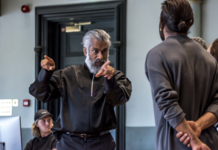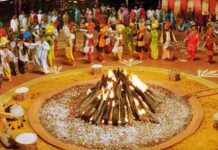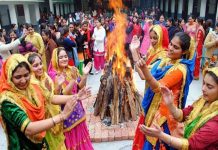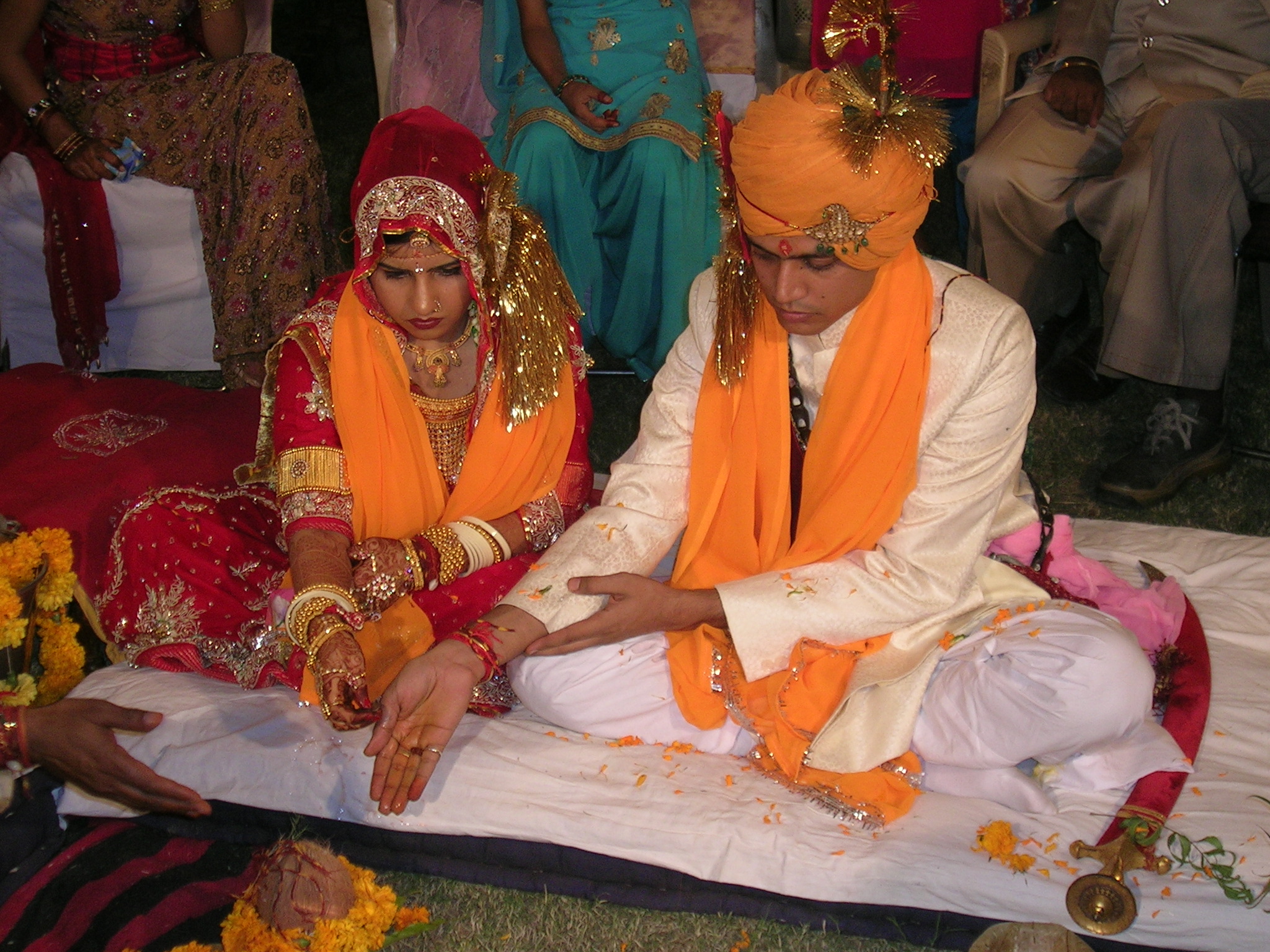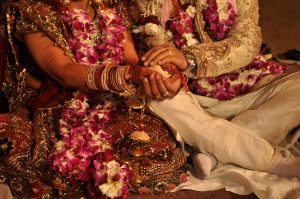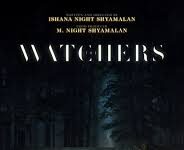Hindu weddings are known for their boisterous and extravagant nature and are a celebration of the joining of two people as one. The details of a Hindu wedding can vary, sometimes vastly, from culture to culture but there are a few common rituals throughout the different regions.
Hindu weddings, like many other Asian wedding types, can be spread across many days with rituals including the ‘mehndi’ and the ‘sangeet’. Few ceremonies, if any, though, can claim to be of the scale of a Hindu wedding with families investing huge amounts of time and money to invite all branches of their respective extended families to join in the festivities.
We’ll be focusing on the wedding day itself in this article, including the most important part of the ceremony, the ‘saptapadi’.
At the start of the ceremony will be the ‘baraat’. This joyful opening to proceedings is the groom’s procession taking him to the location of the wedding. ‘Baraats’ will often include music, dhol and dancing and perhaps even, in modern times, luxury cars as the groom makes the journey.
Once he arrives to the location, whether it be a house or a hall, the groom and his family will be met by the bride’s family. The two sides will meet, often exchanging gifts, to signal the start of a union between the two families. The mother of the bride will welcome the arrival by placing a small mark on their foreheads, and performing ‘aarti’ on the groom to ward of any evil.
Following the entrance into the hall of the wedding, the groom will meet his bride who will be waiting, alongside her bridesmaids, with a garland for him. In this ‘jaymala’ (or ‘varmala’) portion of the ceremony, the two exchange garlands and vows to promise their commitment for one another. In some cultures, the one who places their respective garland on the other first will hold the upper hand during the marriage!
The groom will be brought to a ‘mandap’, which is like an altar, where is offered a drink, which is made of a mixture of ingredients including honey and yoghurt.
Following this, the bride’s father steps forward for a ritual known as ‘kanyadaan’, which is an essential part of the wedding in which the father will take his daughter’s hand and place it into the hand of the groom. This point serves as a notice that the family of the bride have accepted the groom and marks the beginning of the giving away of the bride.
At this point, as the groom accepts his bride’s hand and responsibility for her, the hymn ‘kamasukta’ is recited. The groom will promise to his father-in-law that he will take care of his daughter, and does so three times before the ceremony moves on to the ‘paanigrahan’.
A sacred fire is lit, and the priest will recite mantras in Sanskrit. This rite, known as ‘vivaha-homa’, will ask the Hindu God Agni to be a divine witness to the ceremony and watch over. Oblations are offered to the fire in this marking of the building of a new household.
The ‘paanigrahan’ may then begin. This ritual is where the bride and groom will hold hands, before exchanging vows and echoing the words of the priest by affirming their commitment.
After this, the bride will perform the ‘shilarohan’, where she will step over a stone to symbolize her willingness and strength to perform her duties in her new life as a wife and future mother.
Now comes the most important of the ceremony, the ‘saptapadi’. Here, the couple will rise and conduct several circuits of the sacred fire. The garments of the bride are tied to the scarf of the groom and she le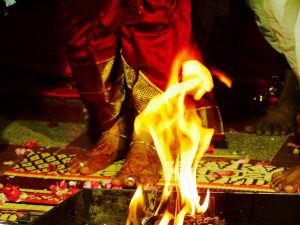 ads the steps. Upon each round a prayer is recited; the first for food, the second for strength, the third for prosperity, the fourth for wisdom, the fifth for progeny, the sixth for health and the seventh for friendship.
ads the steps. Upon each round a prayer is recited; the first for food, the second for strength, the third for prosperity, the fourth for wisdom, the fifth for progeny, the sixth for health and the seventh for friendship.
The couple will look to the Sun for the blessings of a creative life in the ‘Surya Darshan’ before looking to the polar star (north star) in the ‘Dhruva Darshan’.
The couple are then blessed the priest and elders at the wedding before the groom places a ‘sindoor’, which is a small mark on the forehead of a married woman made with red powder, on his wife. He will also tie a beaded necklace, a ‘mangalsutra’, around her neck.
The newly married couple will seek blessings from their parents, and maybe other elders, touching their feet in the ‘ashirvada’ to conclude the ceremony.

